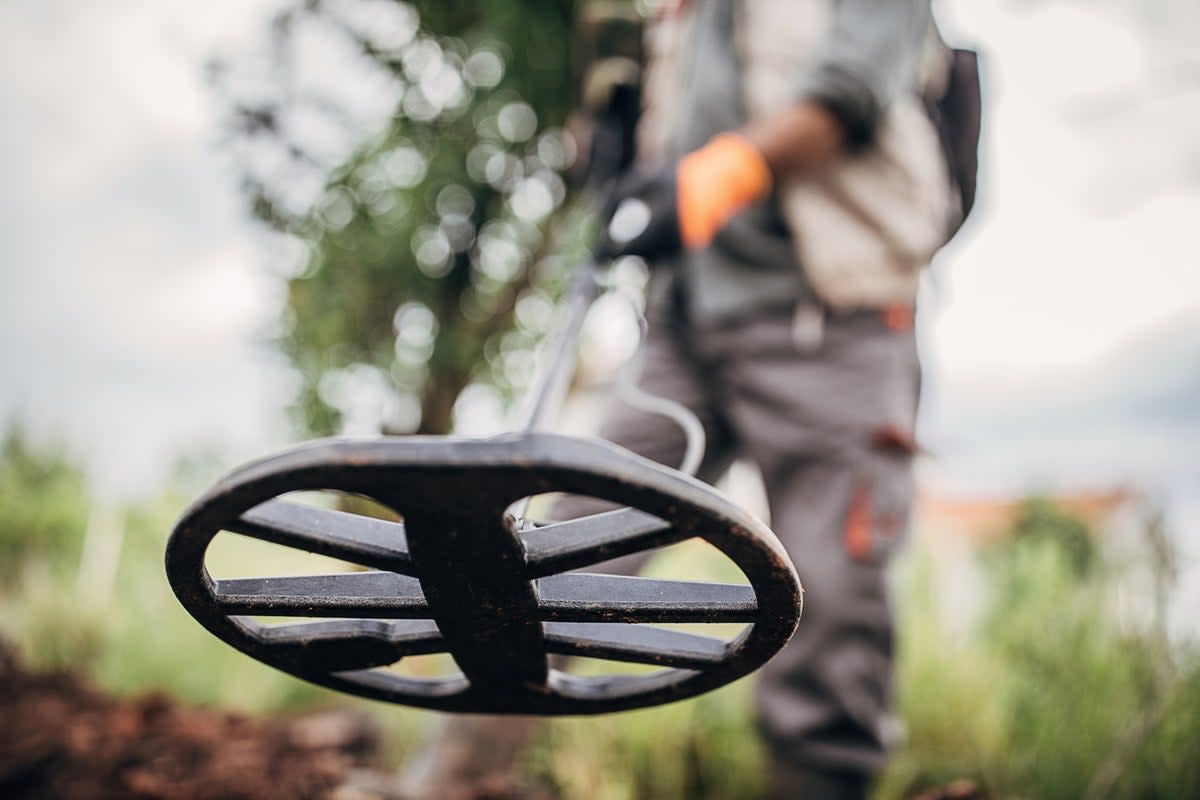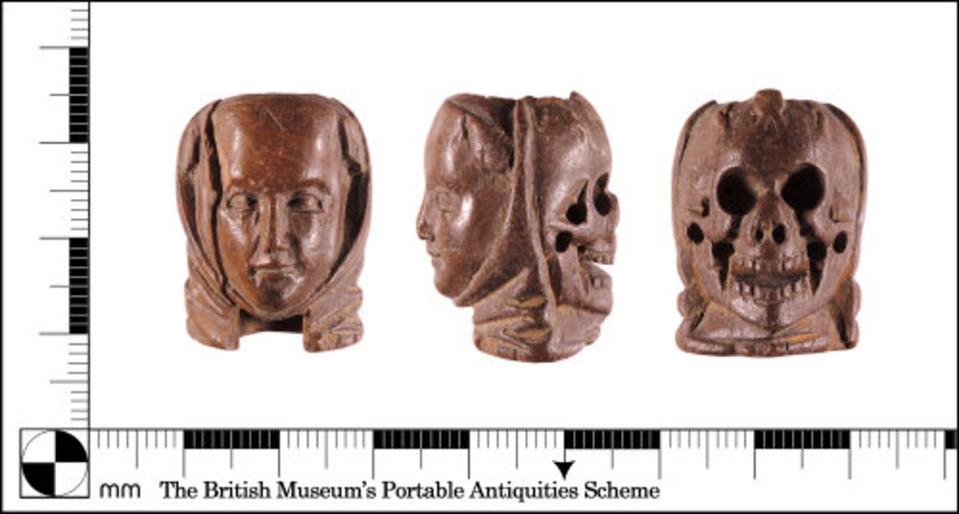The best places to find treasure in England mapped after record-breaking year

They have laid undisturbed for hundreds, sometimes thousands, of years. Intricate items often made from precious materials like gold and silver that have been buried, thrown away or even accidentally left behind.
But now, thanks to a steady rise in number of metal detectorists, treasure is being unearthed across the UK at an unprecedented level, providing finders with a possible reward while giving experts improved archaeological knowledge.
Figures released by the British Museum show there were a record 1,378 cases of reported treasure in England, Wales and Northern Ireland in 2022.

Under the Treasure Act, all finds must be reported and, if confirmed, museums are allowed to buy the items at their market value. The money is then shared between the finder and the landowner.
The data published by the museum this week also revealed the areas where the most treasure finds were reported, with Norfolk seeing the highest number with 95 finds, followed by Hampshire, 83, and Kent, 81.
Most of the finds, recorded by the museum’s Portable Antiquities Scheme (PAS), were discovered by metal detectorists and mudlarkers, people who scour muddy riverbanks for finds.
Among the discoveries was a hoard of three gold bracelets dating back to between 1500BC and 1100BC found unintentionally during a metal-detecting rally near Malmesbury. The decorations on them have helped expand knowledge of metalworking during the period.
Also, a medieval rosary bead carved out of bone, possibly depicting the Virgin Mary, was found on the River Thames shore by mudlarker Caroline Nunnely.
In Staffordshire, a metal detectorist discovered a 3,000-year-old gold dress fastener made in Ireland that showed early cultural links across the Irish Sea. The dress fastener found by Jonathan Needham is one of only seven discovered in England and Wales.
In its report, the British Museum said the rise in treasure finds, which were among 53,490 archaeological discoveries in 2022, made a “huge contribution” to increasing archaeological knowledge in the UK.

It said: “Most objects have been found by people metal-detecting, and most of the finds were made on cultivated land where they otherwise could be lost to ploughing.”
Sir Mark Jones, interim director of the British Museum, added: “The information about finds is being recorded by the PAS to advance knowledge of past peoples, where and how they lived.
“As such, it reflects every part of human history, from the palaeolithic to more modern times, across the whole of England and Wales. Most of the finds recorded have been found by members of the metal-detecting community and I wanted to especially thank them for recording these items with the PAS.”
Sir Mark also urged metal detectorists to be responsible; seeking permission from landowners and reporting finds.
While The National Council for Metal Detecting has reported a 10 per cent increase in membership up to 2021, to more than 300,000 members - there are still issues with rogue detectorists with continuing reports of “nighthawkers” who raid ancient sites after dark.
Five years ago, police stepped up patrols along Hadrian’s Wall after illegal metal detectorists were spotted working in the area.

